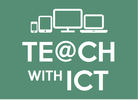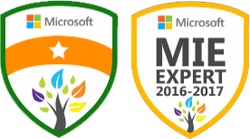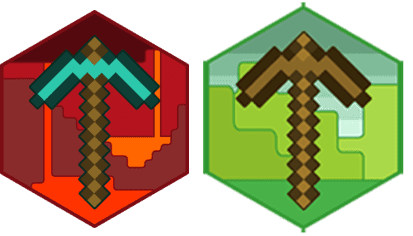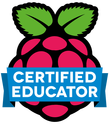|
In this week’s lesson, I continued the theme on software and introduced students to the next topic - Utility programs. Learning Objectives:
Lesson 1 & 2: Theory (Utility software) Suggested time: 100 mins This week, I decided to take on a different approach. Instead of the usual teacher led lesson, I thought I would encourage my students to de a bit of self-study. To facilitate this, I used the resources freely available on the Cambridge GCSE Computing website. Task 1: I directed the students to the Cambridge Computing website http://www.cambridgegcsecomputing.org/software-main#top and instructed them to watch the videos on the three different types of utility software and to complete the quiz at the end of each section. After completing all three sections, I asked students to make notes on each of the three types of utility software. Task 2: Once students had finished making their notes on each of the three types of utility software, I directed them to Moovly.com and asked them to watch the introductory video. If you haven’t use Moovly before, Moovly is a powerful web 2.0 tool for creating animated presentations. Moovly is free to use and enables you to create stunning animated videos that you can share online. After watching the introductory video, I instructed the students to create an animated presentation, for the class revision wiki, on the three types of utility software. I also explained that they would be presenting their Moovly to the rest of the class at the end of the lesson. (See example below) Plenary: Once everyone had finished and checked their Moovly presentations for errors etc., I asked each group to present one of their topics to the rest of the class. I used a random name selector (see blog post) to choose each group and topic at random so that we covered each topic at least once. Homework: I instructed students to upload their Moovly presentations to their revision wikis. Resources: Utility Software PowerPoint - http://www.pwnict.co.uk/computingGCSE/computingResources.html (Click on Software, followed by Lesson 2 – Utility Software) OCR - http://www.cambridgegcsecomputing.org/software-main#top Teach-ICT - http://www.teach-ict.com/gcse_computing/ocr/213_software/utilities/miniweb/index.htm Moovly User Guide - http://www.moovly.com/uploads/faq/moovly_user_guide.pdf |
AuthorSimon Johnson Microsoft Innovative Educator Expert / MIE Trainer
Minecraft Cert. Educator / Global Mentor
CAS Master Teacher
Raspberry Pi Cert. Educator
Tickle Ambassador
Archives
June 2017
CategoriesAll Algorithms Cpu Fundamentals Hardware Input & Output Memory OCR A451 Software Storage |
Search by typing & pressing enter






 RSS Feed
RSS Feed
